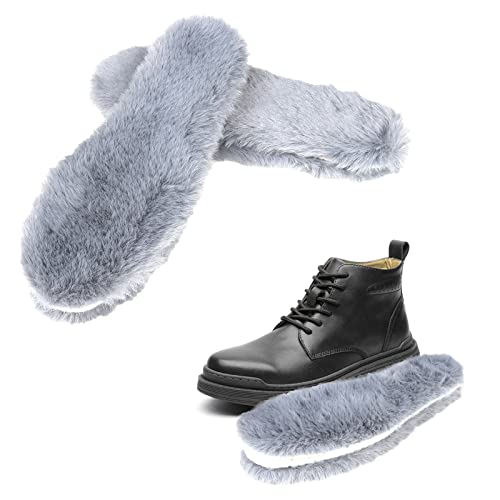phillinley
Well-known member
We were at a show in Grinnell, IA yesterday and my daughter put her Lynx Mini Rex on the table and we heard them mention four others in the class needed to come up. This was exciting for her because she has never been to a show where there was another youth lynx other than hers. Her bun was transitioning from baby to adult coat so I knew she had no chance, but it's boring going against yourself every show when her older siblings get competition in other breeds. Up plops four more Lynx, except they are clearly Opal. We don't even have Opals, but it was clear as day to me. But not 100% sure, I didn't want to be a jerk and my daughter didn't notice anyway, so they judged them out. This judge is a very friendly helpful judge to the kids so it was not a case of not caring. I even asked him at the end, if there's a color variance between the lynx, and he said it can vary from lighter to darker. The second show, before the kid even got his second bunny up there, the judge says "we're not ready for Opals yet, we're on L". Then the kid says they are Lynx, and she goes on to explain not only the color tone but the color bands on the fur as to why they are all opals and not lynx.
Beyond this show, we've also had other mini-rex breeders tell us our lilacs are very bad blues and we shouldn't show them, not knowing that lilac was a variety.
So for rex breeders, is it really all that hard to tell the difference between some of these varieties, or did the first judge just screw up an easy call?
Beyond this show, we've also had other mini-rex breeders tell us our lilacs are very bad blues and we shouldn't show them, not knowing that lilac was a variety.
So for rex breeders, is it really all that hard to tell the difference between some of these varieties, or did the first judge just screw up an easy call?






























